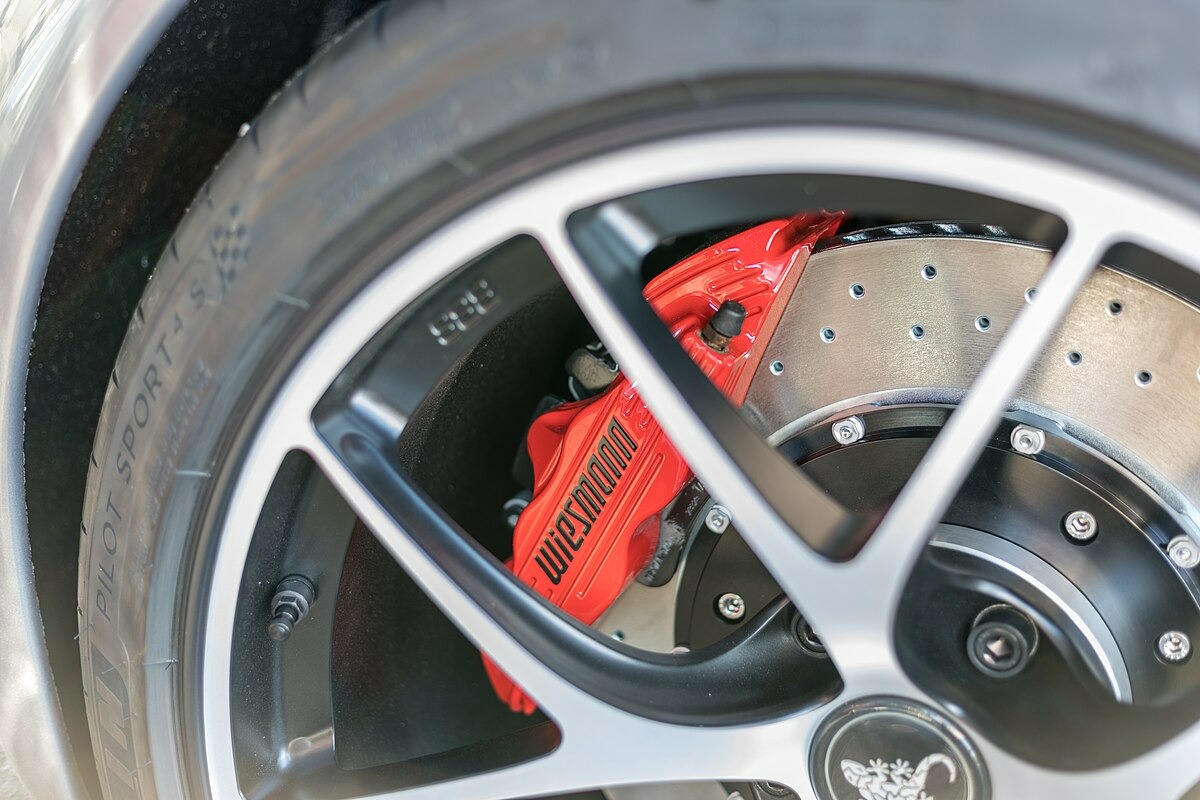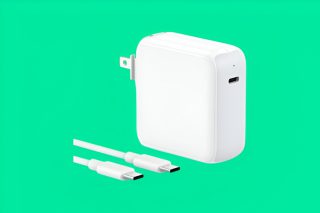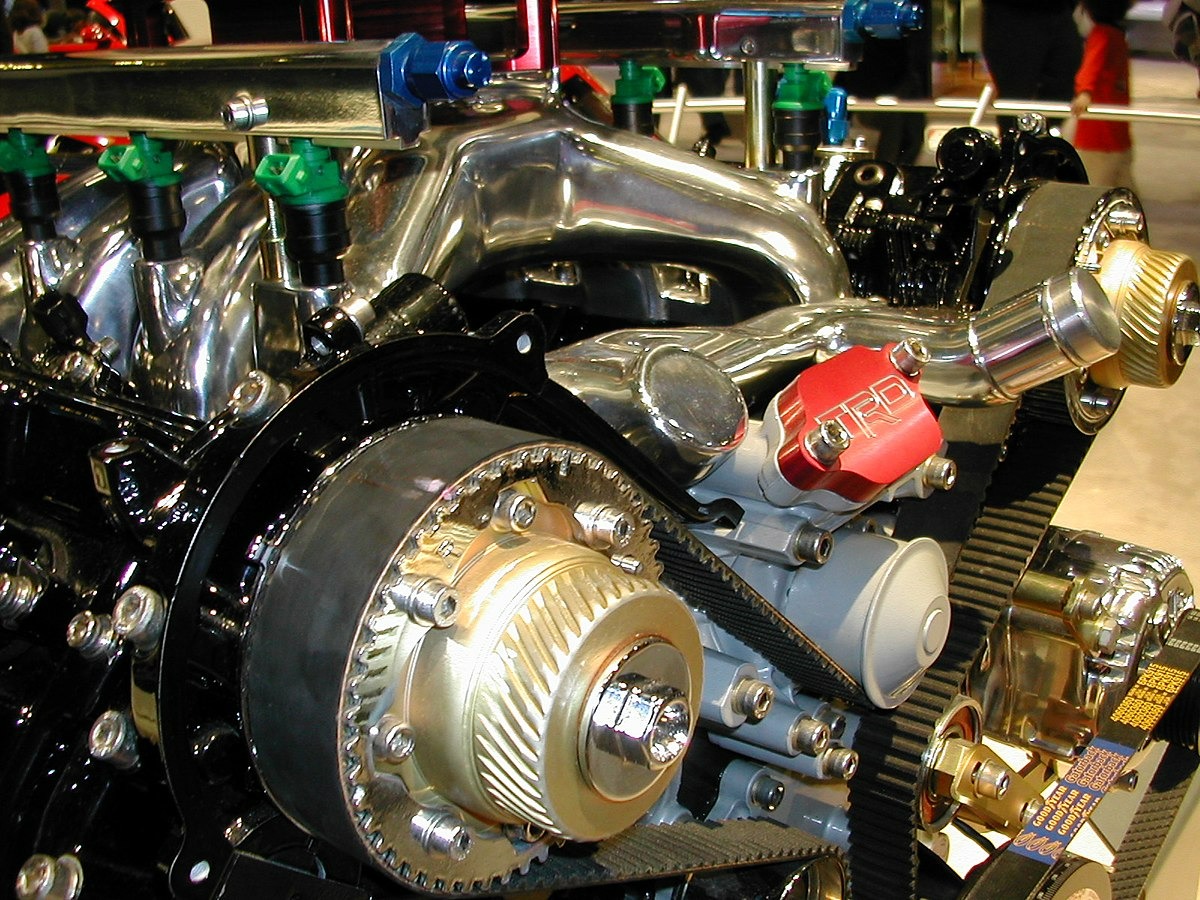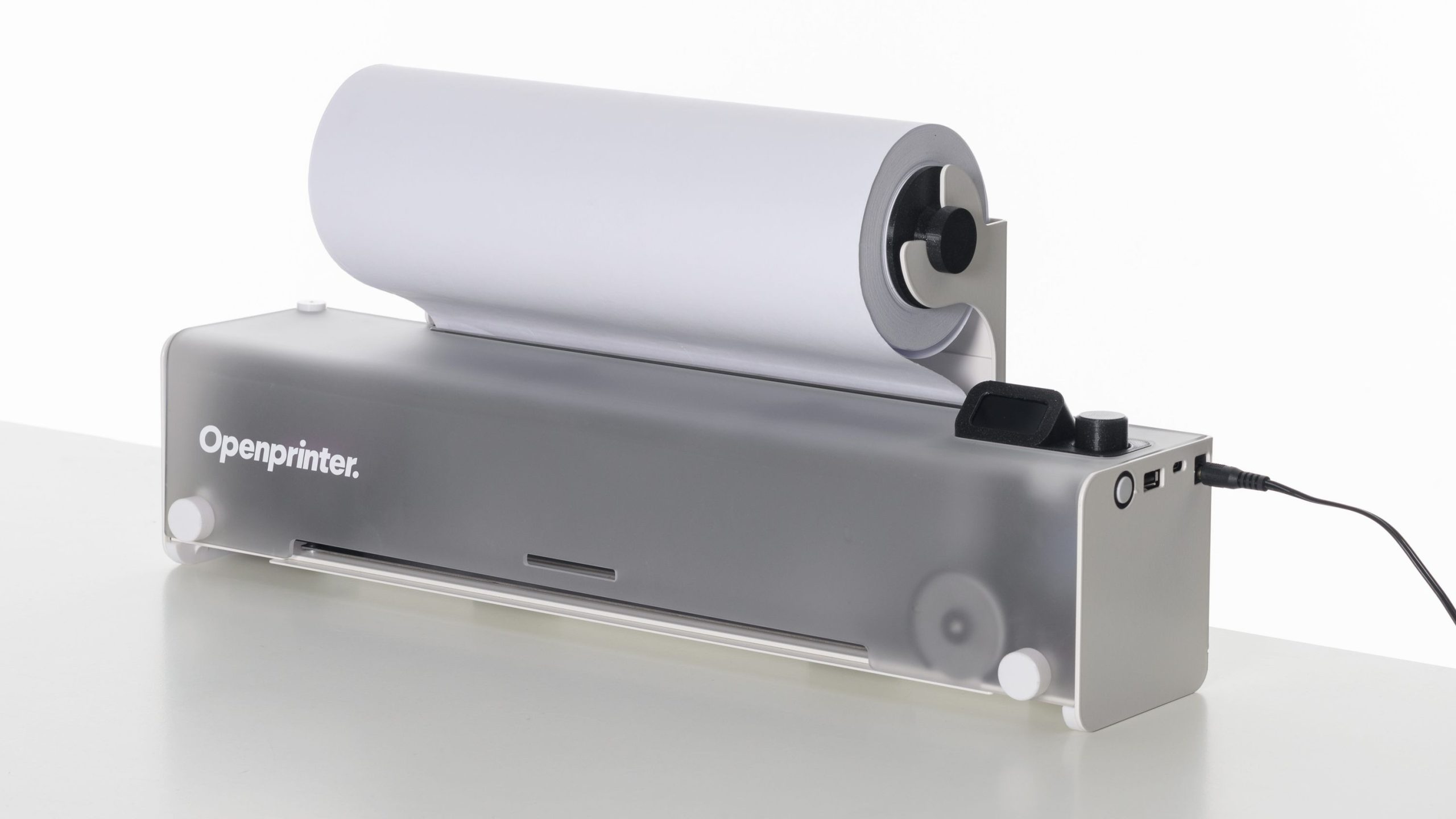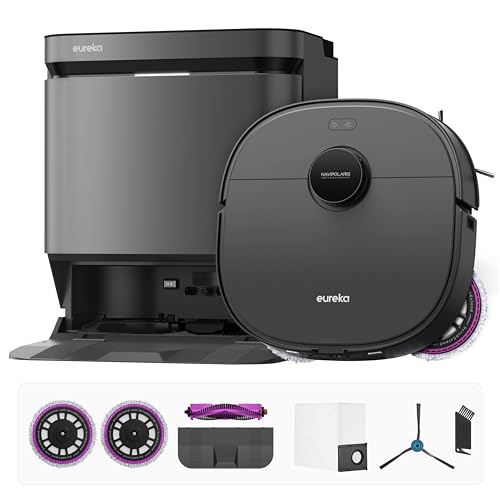You hear that high-pitched squeal every time you hit the brakes and immediately think “expensive repair.” But here’s the thing your mechanic probably never explained: that sound is intentional. Modern brake pads come equipped with built-in wear indicators—small metal tabs specifically designed to scrape against your rotors when friction material wears down to critical levels.
It’s like your car’s smoke detector, except instead of warning about fire, it’s preventing a far more expensive catastrophe. These indicators activate when you have mere millimeters of pad material left, giving you a clear audio cue that replacement is urgent but manageable.
When Squealing Becomes Screaming
The progression from warning squeal to grinding roar marks the difference between routine service and automotive disaster.
Ignore that initial squeal, and you’ll graduate to a much more sinister sound: deep, grinding metal-on-metal contact. Rather than just being louder, this grinding indicates your brake caliper piston is directly hitting the rotor because the pad material has completely vanished.
Every brake application at this point destroys expensive components and compromises your ability to stop safely. This transition represents the moment when a $200 pad replacement becomes an $800+ rotor and caliper rebuild. Think of it like ignoring a check engine light until your engine seizes—preventable becomes catastrophic.
The Sounds That Demand Immediate Action
Clunking noises signal hardware failure that can lead to complete brake system collapse.
A clunk or clank when you press or release the brake pedal tells a different story entirely. These sounds indicate:
- Loose caliper bolts
- Damaged mounting brackets
- Missing hardware
Essentially, parts of your braking system aren’t properly secured. Your caliper could literally detach during operation, creating complete brake failure.
Meanwhile, that rhythmic whump-whump sensation through your pedal usually means warped rotors, reducing braking effectiveness and accelerating component wear. Both scenarios require immediate professional attention.
Smart Cars, Smarter Warnings
Electronic sensors in modern vehicles provide backup intelligence beyond mechanical noise makers.
European manufacturers like BMW and Mercedes have supplemented traditional mechanical indicators with electronic brake wear sensors that trigger dashboard alerts and estimate remaining pad life using real-time vehicle data. These two-stage systems can display exact wear percentages and predict replacement timing based on your driving patterns.
Whether your car relies on old-school metal tabs or sophisticated sensors, the message remains the same: early response prevents expensive repairs and maintains the stopping power that keeps you safe.


